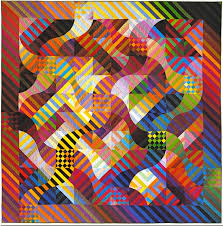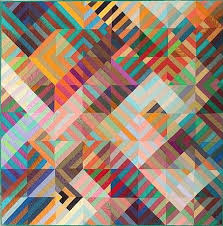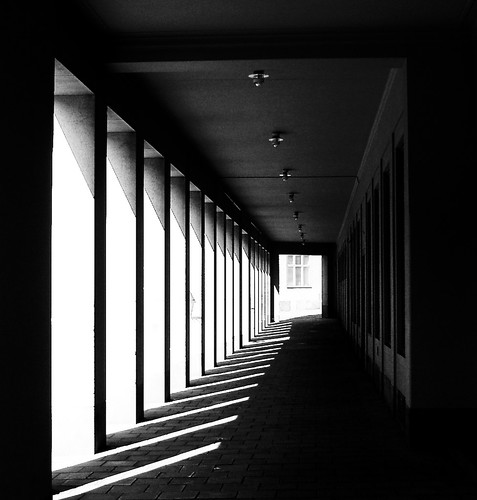Rhythm is a sistematic recurrence of elements that have a relationship between them. Much of the effects in Architecture depend on rhythmical, simplicity and harmony relationships.

Among types of rhythm, there is repetition of shapes, such as windows, columns, doors, arches... plus, spacing change vary without changing its rhythm. Then, there's repetition of dimensions, where the elements may vary their size or shape and keep their relationship between them.

A third type includes rhytmical series that go from small to big shapes, but always keeping the repetition of differences. Indefinite and open (defined beginning or a defined end) or definite and closed (changing the shapes of the units at the ends or by changing the size of the units at the ends). Besides, The rhythm of lines are merely sistematic variations of linear length or curvatures.

Spiral is one of the most rhythmical of forms. Its combination of repeated curves around a focus and the continual progressive change in the radius of the curvature.

Monumental structures created by architects, have a mixture of big and little, open and closed, narrow and wide. This complex buildings generate a sense of motion and a sense of direction.

Gradually decreasing the observed size of the posts and the space between them creates a progressive rhythm. Rhythmical relationships may be used for constructive or functional necessities controlled by creative imagination.

- How is rhythm expressed in different architectural styles/urban spaces?
In architecture, rhythm is expressed through spaces and decoration.

This is an examle of some painted pattern on the walls. At the exterior of some buildings, there are repeated shapes of architectural elements like windows, doors, columns.

Besides, rhythm will be expressed in urban spaces through combination of buildings, by the city outline, the organization and planification of the city (a rectilinear or polygonal design).

This has a repetition of shapes that make the building look rectangular with orthogonal columns, but It is not like that, because the parthenon is a curved place (believe it or not). Here, the role of the structure is really important to keep the place like greeks wanted to be, small, rectangular and perfectly studied rhythms.
Comments (2)
Daf said
at 5:38 am on Oct 23, 2014
Great!!! Remember to record.
marcis05 said
at 5:26 pm on Oct 23, 2014
Done teacher! :)
You don't have permission to comment on this page.